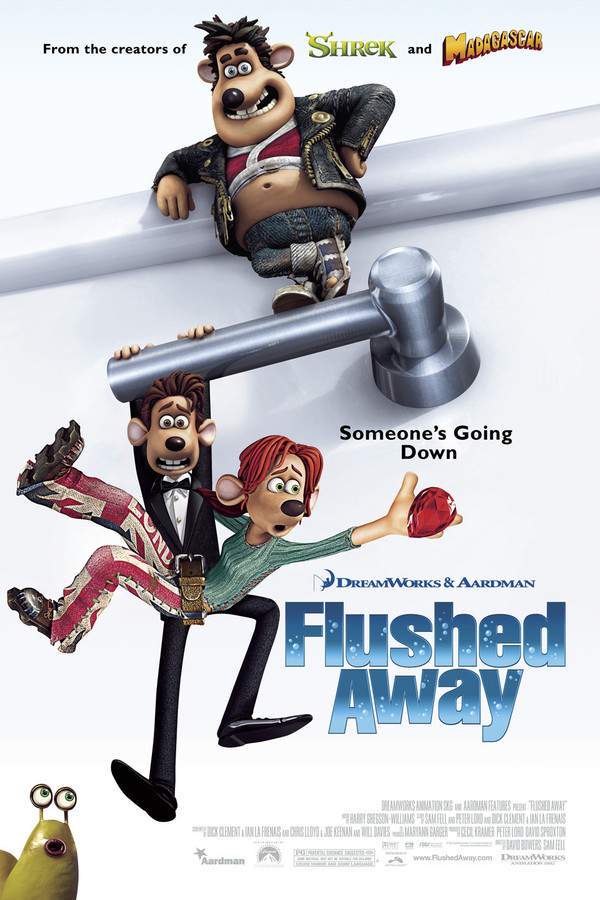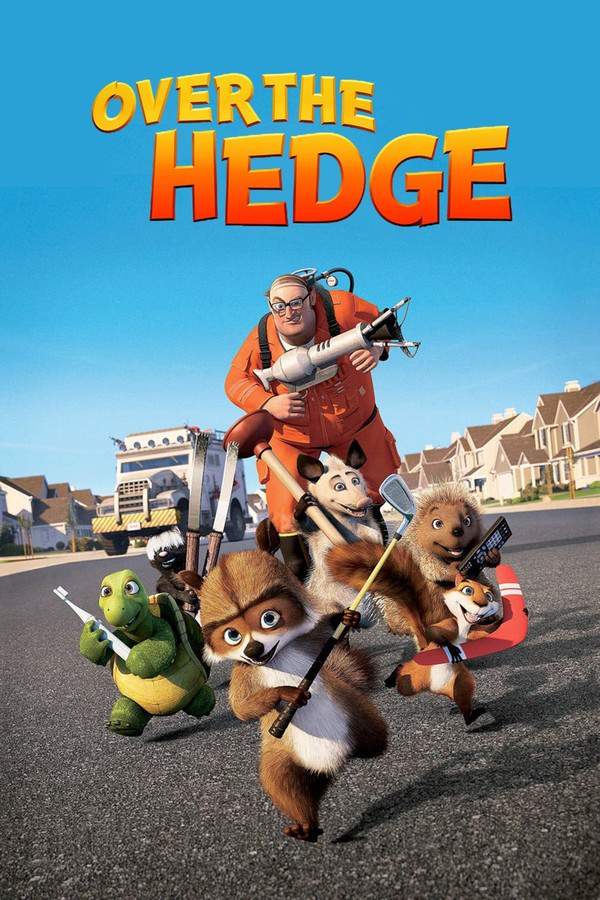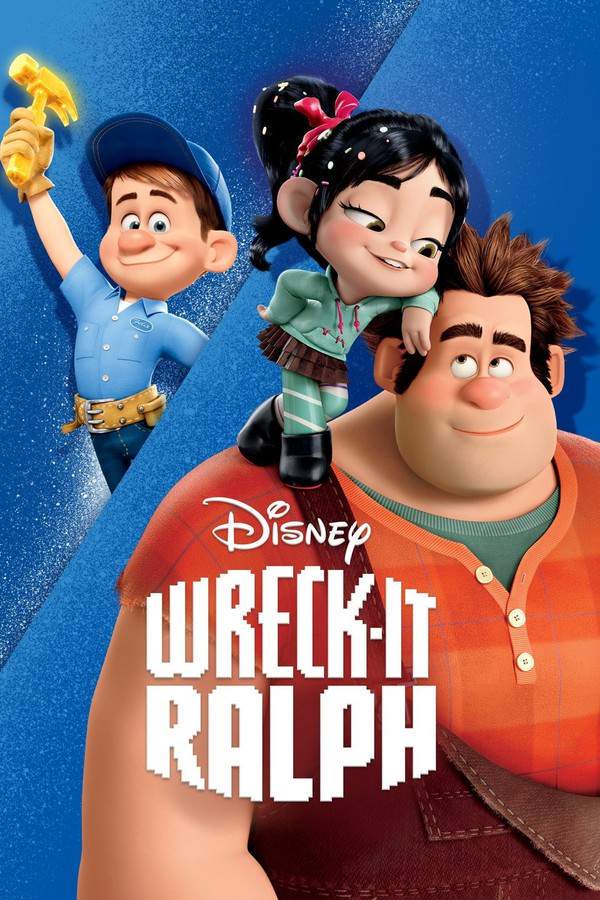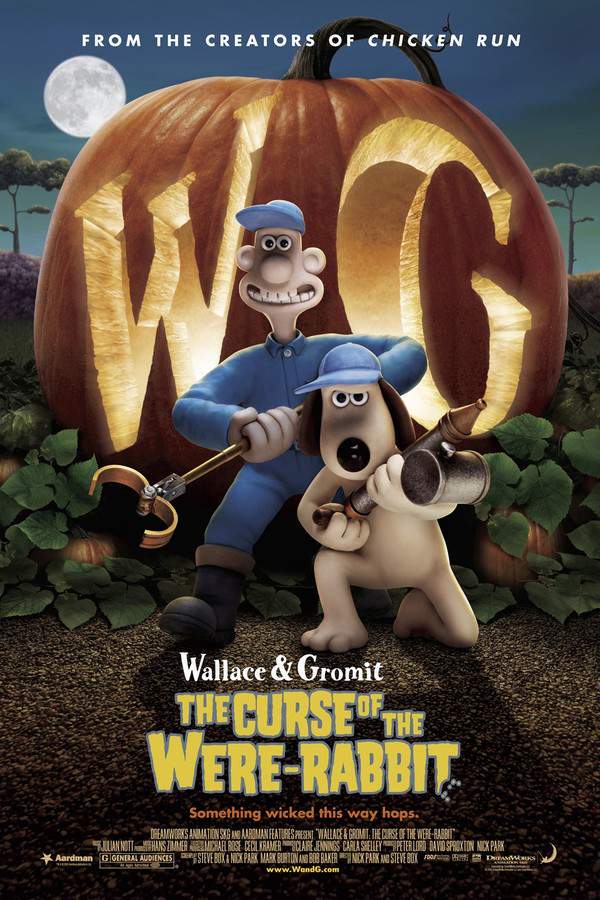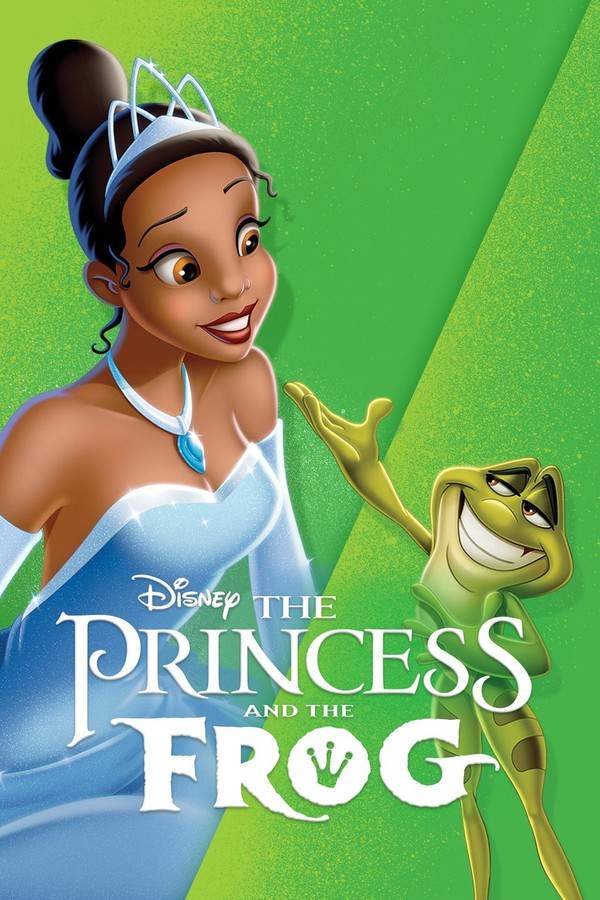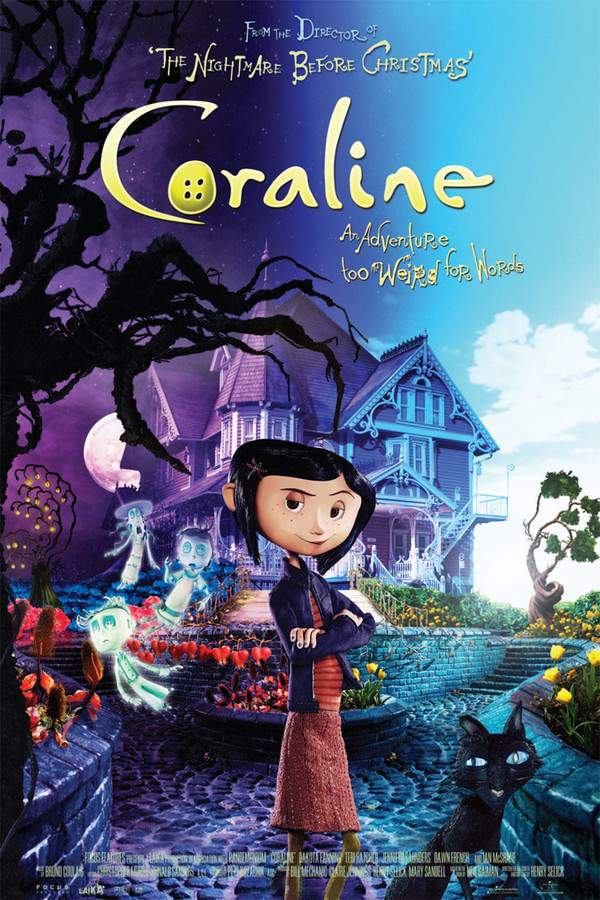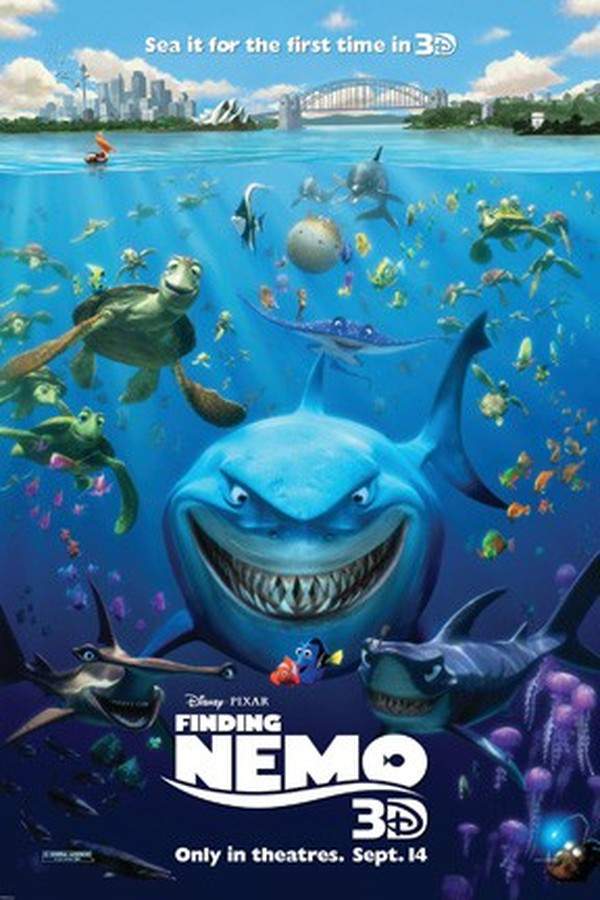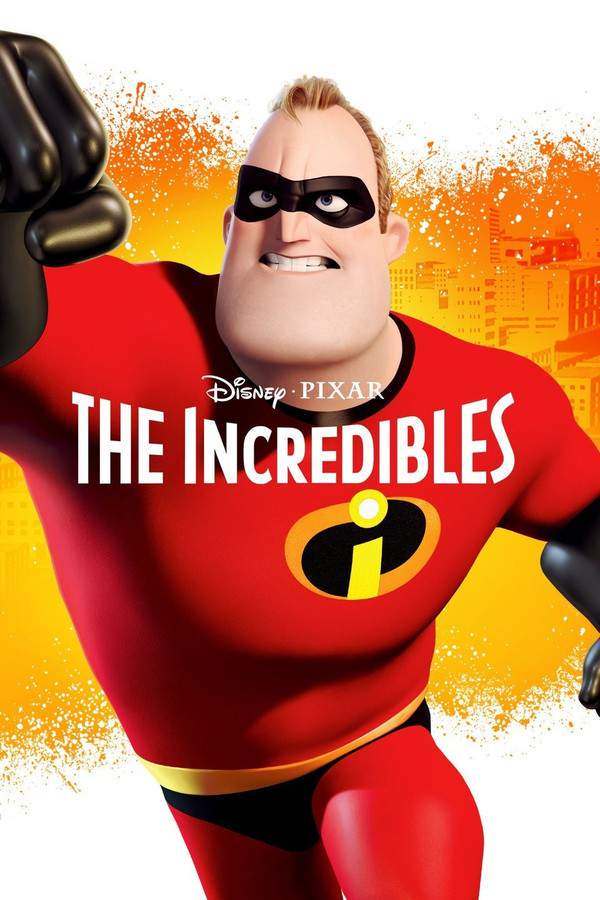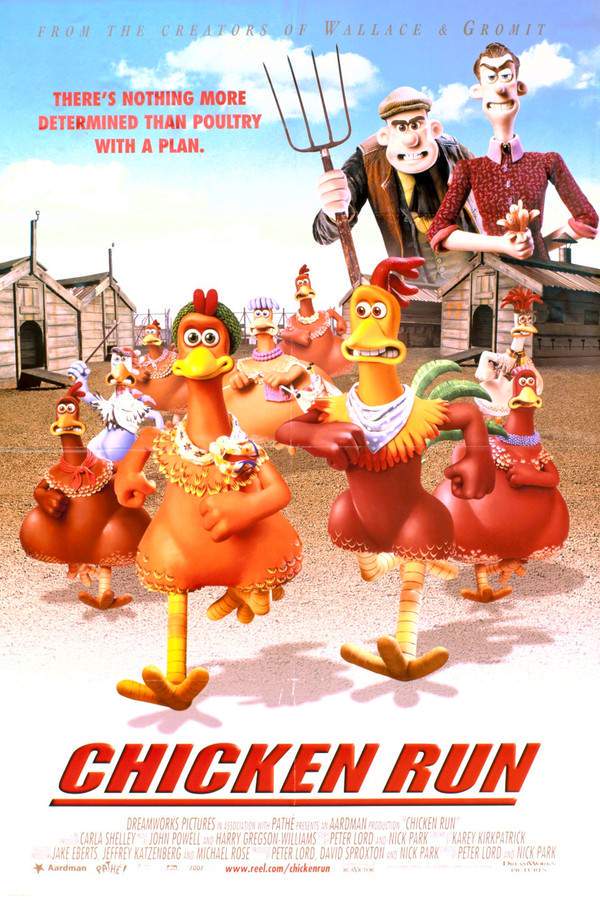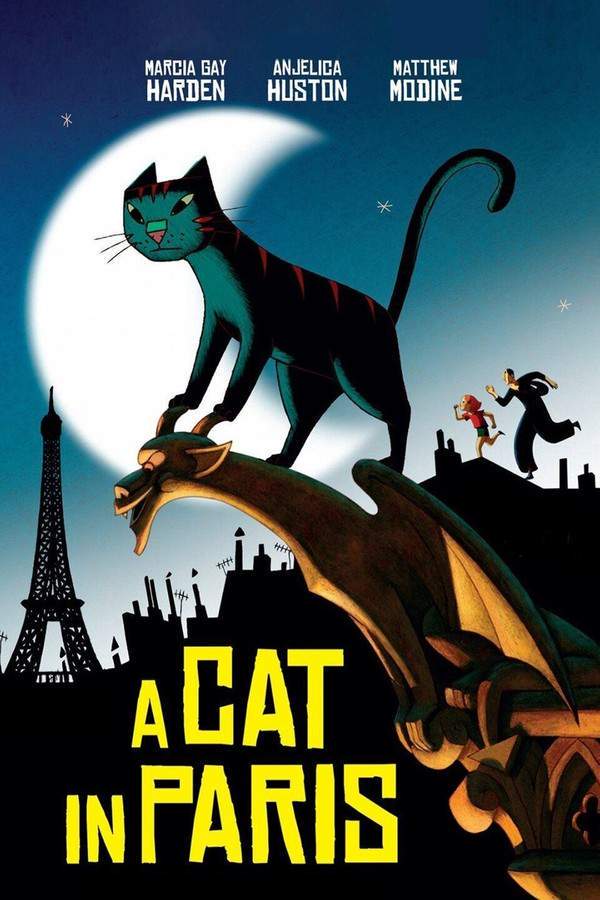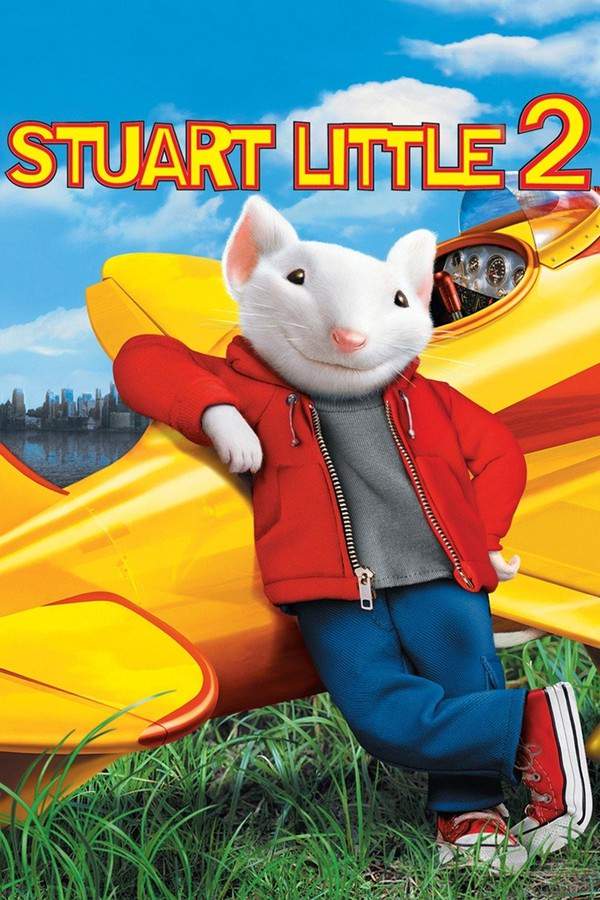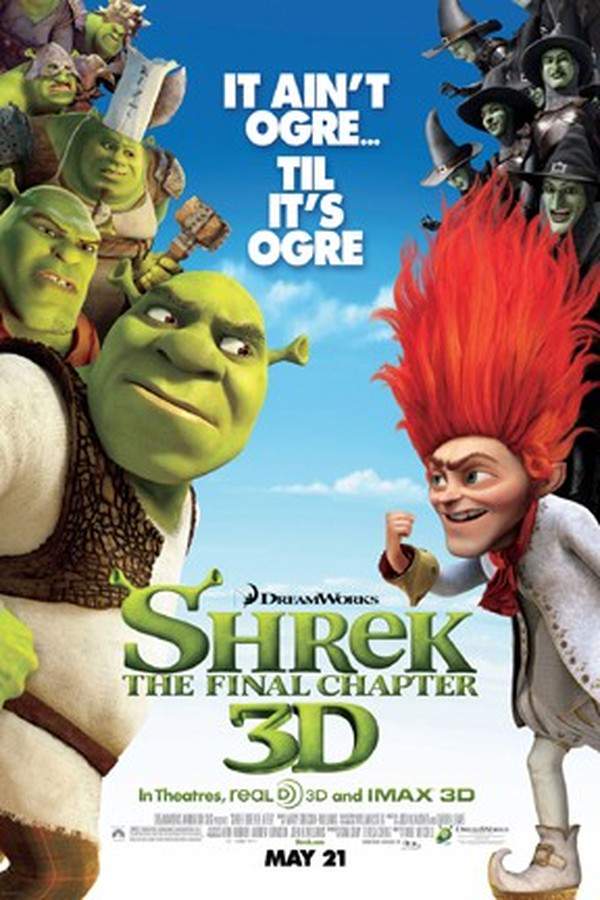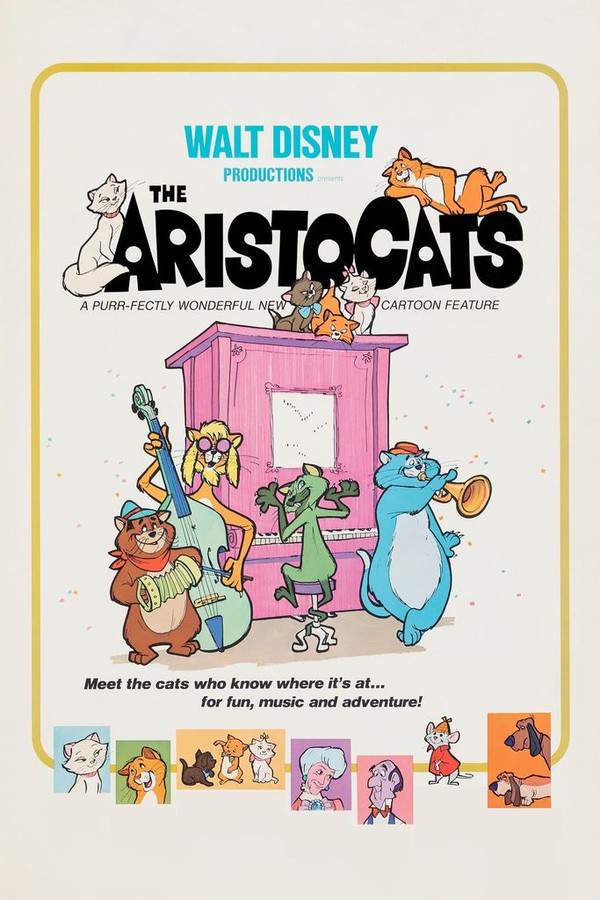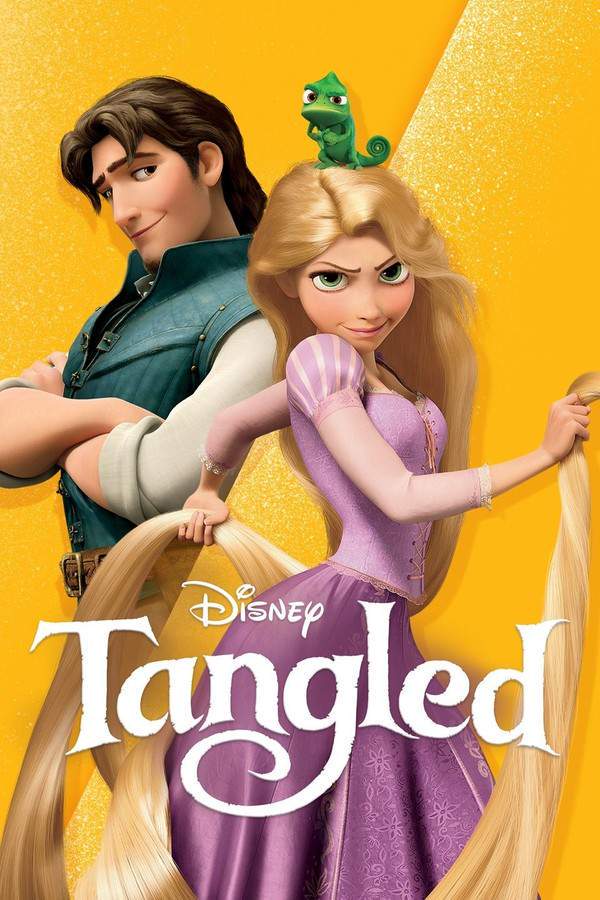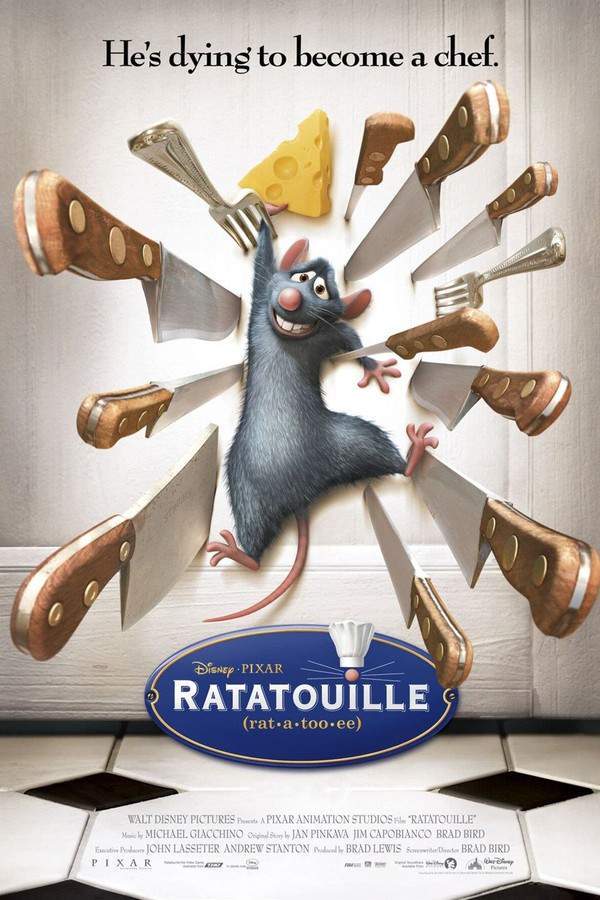
Ratatouille
Year: 2007
Runtime: 111 min
Language: English
Director: Brad Bird
Budget: $150M
In a bustling culinary world, a determined young rat named Remy dreams of becoming a chef. Despite facing numerous challenges due to his size and species, he finds himself unexpectedly working alongside a garbage boy in the renowned Gusteau's restaurant. Remy’s exceptional sense of smell and taste allow him to create incredible dishes, captivating diners and critics alike. He learns the importance of perseverance and collaboration as he strives to achieve his ambitious goal, proving that anyone can achieve greatness with passion and teamwork.
Warning: spoilers below!
Haven’t seen Ratatouille yet? This summary contains major spoilers. Bookmark the page, watch the movie, and come back for the full breakdown. If you're ready, scroll on and relive the story!
Ratatouille (2007) – Full Plot Summary & Ending Explained
Read the complete plot breakdown of Ratatouille (2007), including all key story events, major twists, and the ending explained in detail. Discover what really happened—and what it all means.
Remy, Patton Oswalt, is a young rat with an extraordinary sense of taste and smell who dares to dream bigger than his rodent peers. He idolizes the famed human chef Auguste Gusteau, whose poster and philosophy—“Anyone can cook”—inspire Remy to imagine a future where a rat could work side by side with people in a real kitchen. While the rest of his colony, including his older brother Émile and their father Django, the clan’s stern leader, live just to eat and stay clear of humans, Remy yearns for a life of flavor, invention, and recognition. Their unlikely attic home above a Parisian apartment becomes a perch for his culinary daydreams, even as the outer world remains wary and dangerous.
When an elderly woman who houses the rats in the attic discovers their presence, chaos erupts and Remy is separated from his family during a hurried, frightening evacuation. He survives by following a spark of curiosity, aided by an imagined voice of Gusteau that keeps whispering encouragement in his ear. His journey leads him to the roof of the restaurant that bears Gusteau’s name, a place full of steam, sizzling pans, and the intoxicating aroma of ambition.
On the rooftop, Remy becomes aware of Alfredo Linguini, the restaurant’s new garbage boy who is awkward yet earnest and trying to fix a leek soup he ruined. Lou Romano gives life to this shy, hopeful chef-to-be, and Remy, drawn to the kitchen’s magic, decides to intervene. He crawls into Linguini’s hair and manipulates him from beneath the chef’s tall toque, a secret partnership that allows Remy to direct Linguini’s hands as if he were puppet, re-creating the soup with a harmony neither could have achieved alone. Linguini notices the unusual help, but Skinner—Gusteau’s former sous-chef and the restaurant’s current owner and head chef—remains oblivious to the source of the kitchen’s new success, at least for a time. The soup, an unplanned collaboration, becomes a surprise hit, igniting the possibilities of fusion between Remy’s refined palate and Linguini’s broad, human palate for experimentation.
Colette Tatou, the restaurant’s only female chef, enters the scene with pride, discipline, and a stubborn streak. She plays a key role in guiding Linguini, teaching him discipline in the kitchen and how to listen to the quiet, precise cues that come from technique and care. Despite her initial skepticism, she begins to respect the results of the duo’s unlikely teamwork, especially as the menu begins to sparkle with creativity that honors Gusteau’s motto. The kitchen brims with a renewed energy, and the duo’s secret partnership starts to feel less like subterfuge and more like a new kind of collaboration.
Meanwhile, Remy’s elder brother and the rest of the rat clan, including Émile, eventually reunite with him. The reconnection deepens Remy’s resolve to stay at the restaurant, even as Django shows him a grim tableau—an exterminated rat colony—to warn him about humans. Remy chooses to ignore the warning, convinced that a world of mutual respect between rats and humans is possible, especially if he can prove it at Gusteau’s. The tension between fear and trust becomes a central thread as Remy and Linguini refine their collaboration, teaching the humans to see possibilities where they once saw danger.
A pivotal twist arrives when Skinner uncovers a letter from Linguini’s late mother, revealing that Gusteau is Linguini’s father, which would make Linguini the rightful owner of the restaurant should no next of kin appear in two years. The news shocks Skinner, who realizes a potential shift in power and control. After a trusted lawyer confirms Linguini’s paternity, Skinner hides the evidence away. Remy escapes with the letter’s envelope, delivering it to Linguini, who responds by firing Skinner and stopping a line of frozen foods Skinner had been pushing. With Skinner out of the way, the restaurant begins to thrive again as Remy’s recipes spread through the kitchen, and Linguini and Colette grow closer, their professional partnership blossoming into something more intimate as they navigate the upheavals of their rising fame.
The restaurant’s momentum draws the attention of the renowned food critic Anton Ego, whose past scathing review broke Gusteau’s heart. Ego announces that he will return to review the restaurant the following day, a moment that could make or break their newfound success. After a tense public moment, Linguini tries to claim credit for Remy’s cooking at a press conference, which fuels a rift between the human and the rat. The fallout sparks Remy’s sense of betrayal, prompting him to lead his clan on a raid into the restaurant’s pantries in a bid to reclaim what they’ve created.
Linguini hastens to apologize, but the raid has consequences: Ego’s forthcoming review is jeopardized, and Linguini wakes to find Remy and his clan expelled from the confines of the kitchen. A dramatic turn of events sees Skinner capture Remy, only to be quickly thwarted by Django and Émile, who come to the rat’s aid. Remy returns to the restaurant with a renewed sense of purpose, and Linguini ultimately shares Remy’s techniques with the staff, prompting a wave of resignations as the cooks refuse to be part of anything less than true collaboration.
Colette returns to the kitchen to lead the rat clan in the cooking under Remy’s direction, while Linguini waits tables in a bid to salvage what remains of his relationship with Colette and the restaurant. Skinner and a health inspector try to meddle, but the clever rats tie them up and lock them away in the pantry, removing one more obstacle on the path to success. A turning point arrives when Remy reveals to Colette a recipe card for ratatouille, and Colette begins to prepare the dish in the traditional, stew-like way. But Remy has a more refined vision: he recreates the delicate confit byaldi, a variation of ratatouille that layers thinly sliced vegetables on a plate, evoking in Ego the fond memories of his own mother’s cooking. Impressed and moved, Ego seeks out the chef, and when he is finally introduced to Remy, Ego is stunned to learn that the culinary genius behind the dish is not a human but a rat. The published review follows, praising the meal and suggesting that Ego has come to understand Gusteau’s motto in a deeply personal way without exposing the secret behind the chef.
In the aftermath, Skinner and the health inspector are released, but the damage to Gusteau’s is real: the restaurant is shut down, ego and reputation are bruised, and Ego’s career is derailed for a time. Yet a new partnership emerges from the chaos: Remy, Linguini, and Colette open a bistro called La Ratatouille, a venture that allows both human and rat to share in the kitchen’s artistry. Anton Ego becomes a patron and investor, drawn not just by the cuisine but by the idea that art and memory can be shared across divides. The rat colony finds a new home in the attic above the bistro, a place where their culinary dreams feel finally within reach and where the boundaries between species begin to blur in the most delicious way possible.
Anyone can cook.
This reimagined, richly warm narrative keeps faith with the original beats while expanding the emotional texture and the relationships that drive the story forward, celebrating creativity, loyalty, and the surprising legitimacy of a rat who refuses to accept the limits others have placed on him.
Last Updated: October 09, 2025 at 15:47
Unlock the Full Story of Ratatouille
Don't stop at just watching — explore Ratatouille in full detail. From the complete plot summary and scene-by-scene timeline to character breakdowns, thematic analysis, and a deep dive into the ending — every page helps you truly understand what Ratatouille is all about. Plus, discover what's next after the movie.
Ratatouille Timeline
Track the full timeline of Ratatouille with every major event arranged chronologically. Perfect for decoding non-linear storytelling, flashbacks, or parallel narratives with a clear scene-by-scene breakdown.

Characters, Settings & Themes in Ratatouille
Discover the characters, locations, and core themes that shape Ratatouille. Get insights into symbolic elements, setting significance, and deeper narrative meaning — ideal for thematic analysis and movie breakdowns.

Similar Movies to Ratatouille
Discover movies like Ratatouille that share similar genres, themes, and storytelling elements. Whether you’re drawn to the atmosphere, character arcs, or plot structure, these curated recommendations will help you explore more films you’ll love.
Explore More About Movie Ratatouille
Ratatouille (2007) Scene-by-Scene Movie Timeline
Ratatouille (2007) Movie Characters, Themes & Settings
Ratatouille (2007) Spoiler-Free Summary & Key Flow
Movies Like Ratatouille – Similar Titles You’ll Enjoy
Flushed Away (2006) Complete Plot Breakdown
Over the Hedge (2006) Film Overview & Timeline
Wreck-It Ralph (2012) Story Summary & Characters
Wallace & Gromit: The Curse of the Were-Rabbit (2005) Story Summary & Characters
Rat (2001) Detailed Story Recap
The Princess and the Frog (2009) Story Summary & Characters
Coraline (2009) Film Overview & Timeline
Finding Nemo (2003) Complete Plot Breakdown
The Incredibles (2004) Story Summary & Characters
Chicken Run (2000) Full Summary & Key Details
A Cat in Paris (2012) Full Movie Breakdown
Stuart Little 2 (2002) Spoiler-Packed Plot Recap
Shrek Forever After (2010) Plot Summary & Ending Explained
The Aristocats (1970) Story Summary & Characters
Tangled (2010) Complete Plot Breakdown



